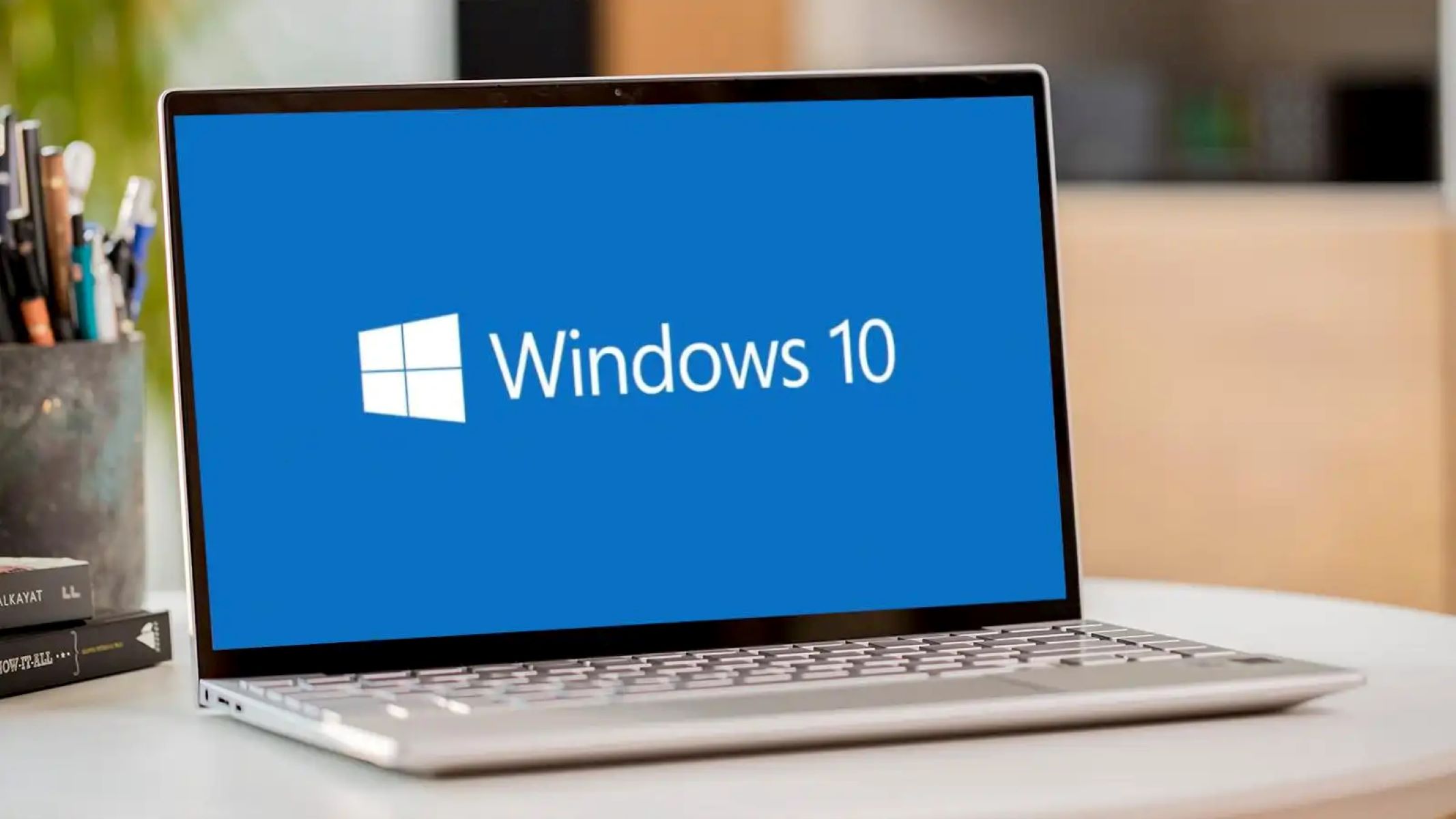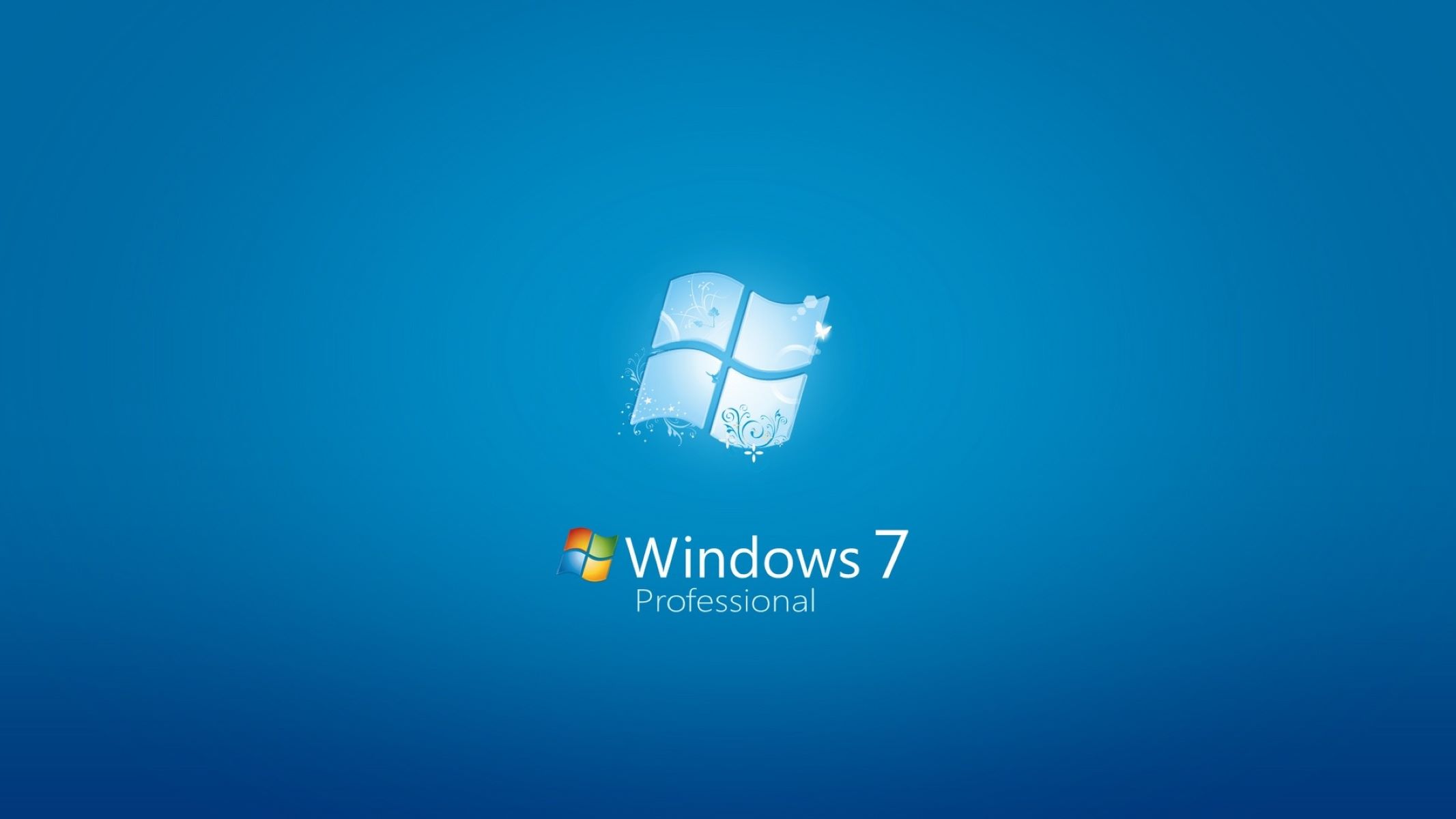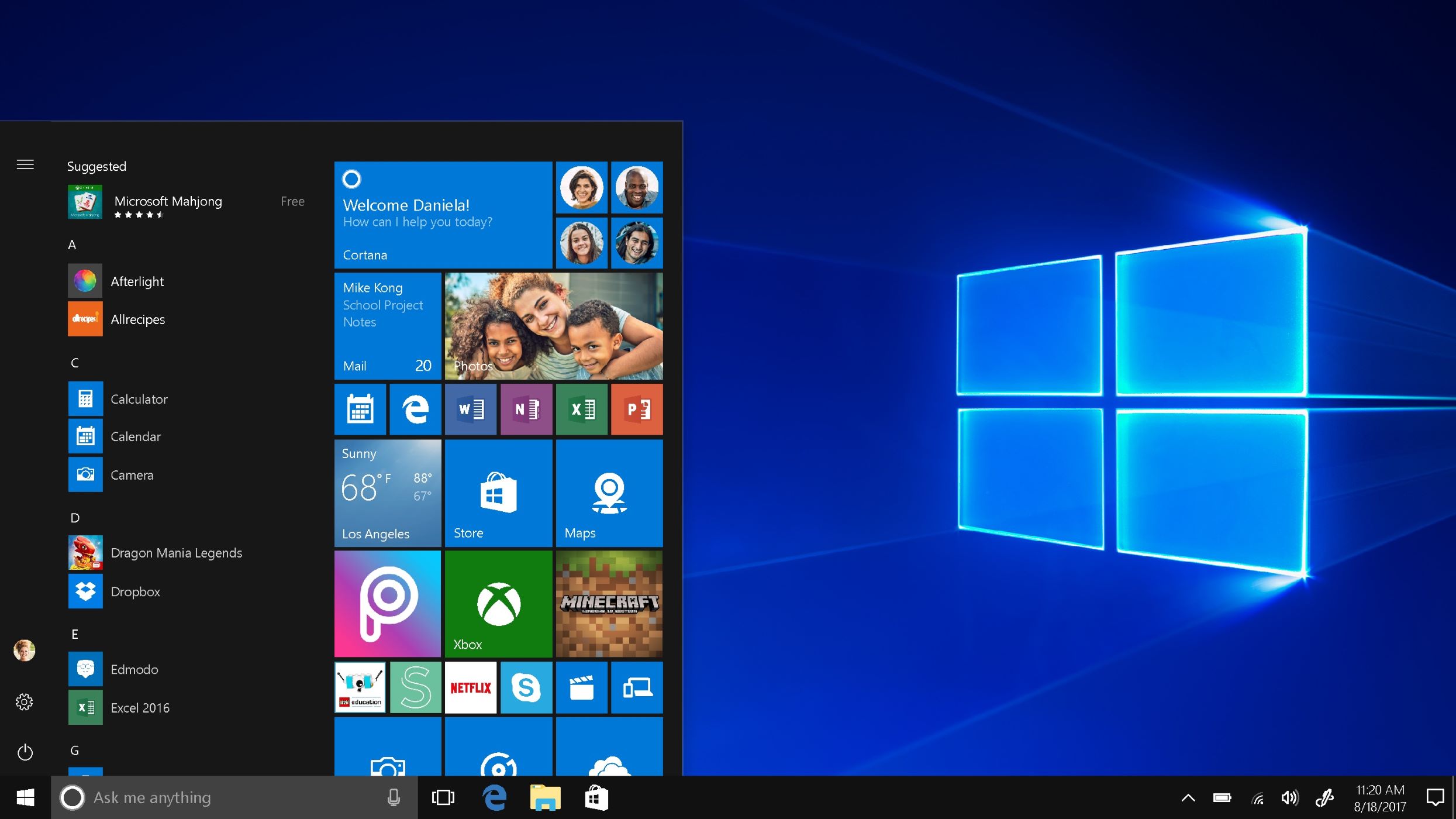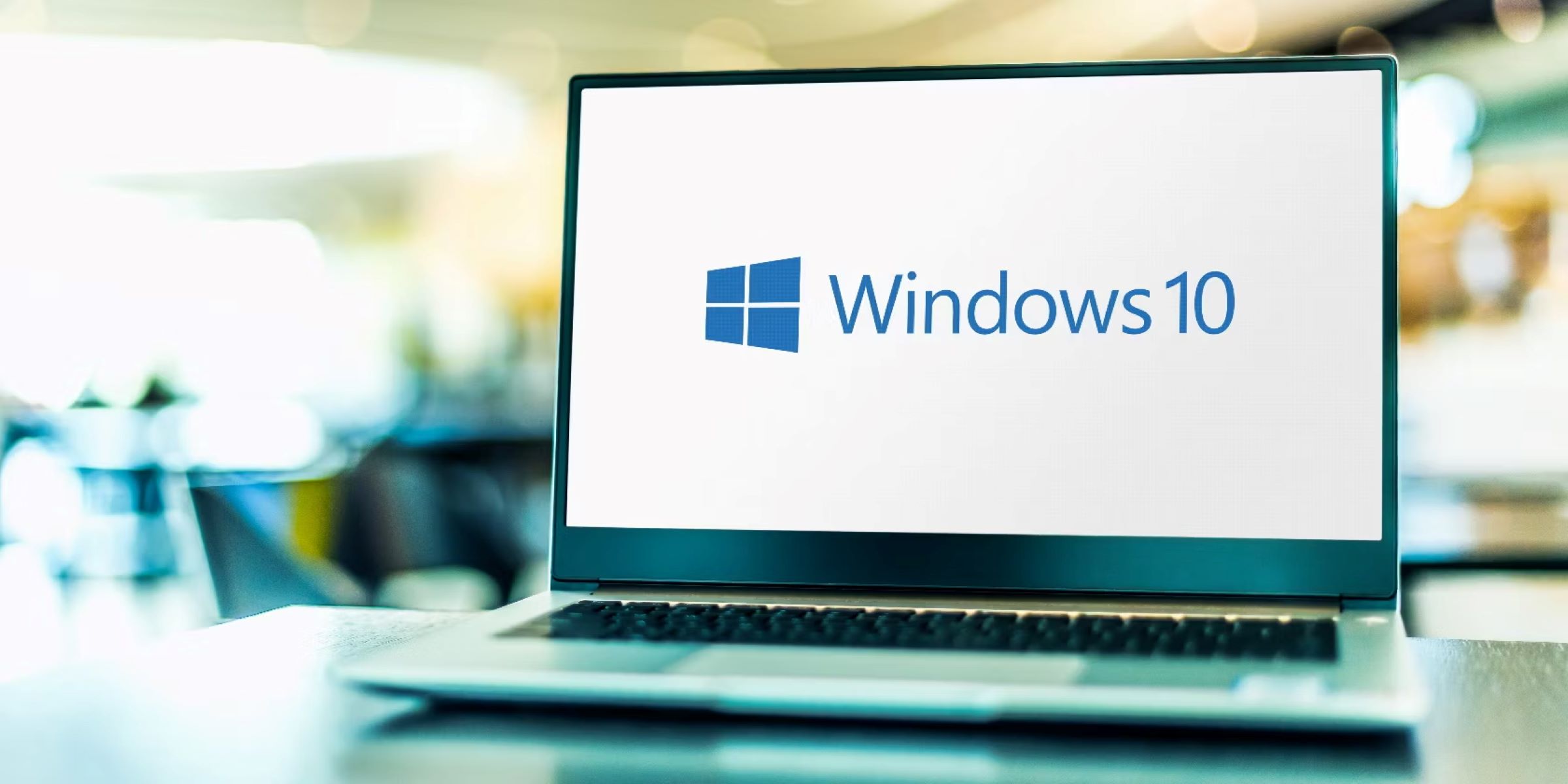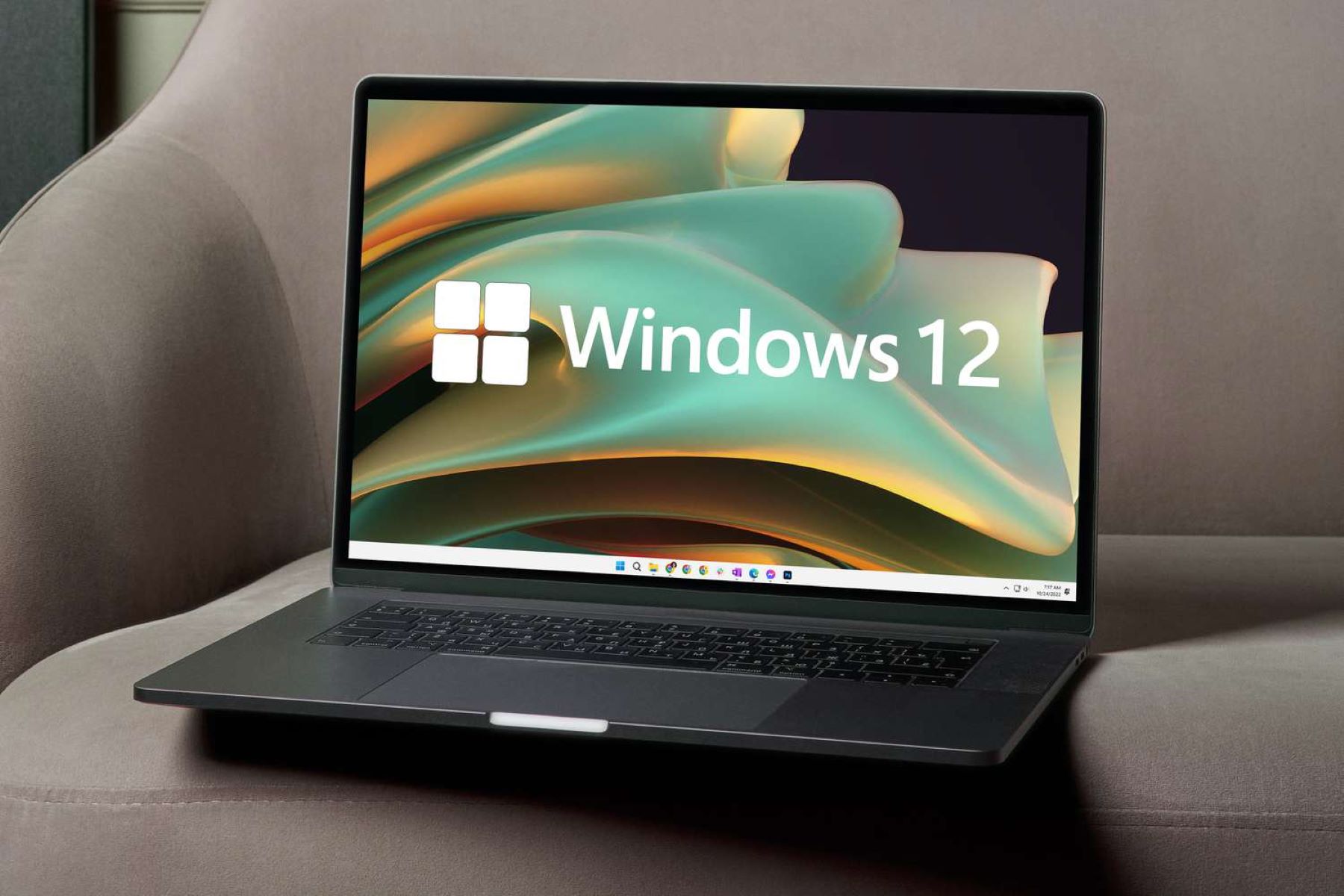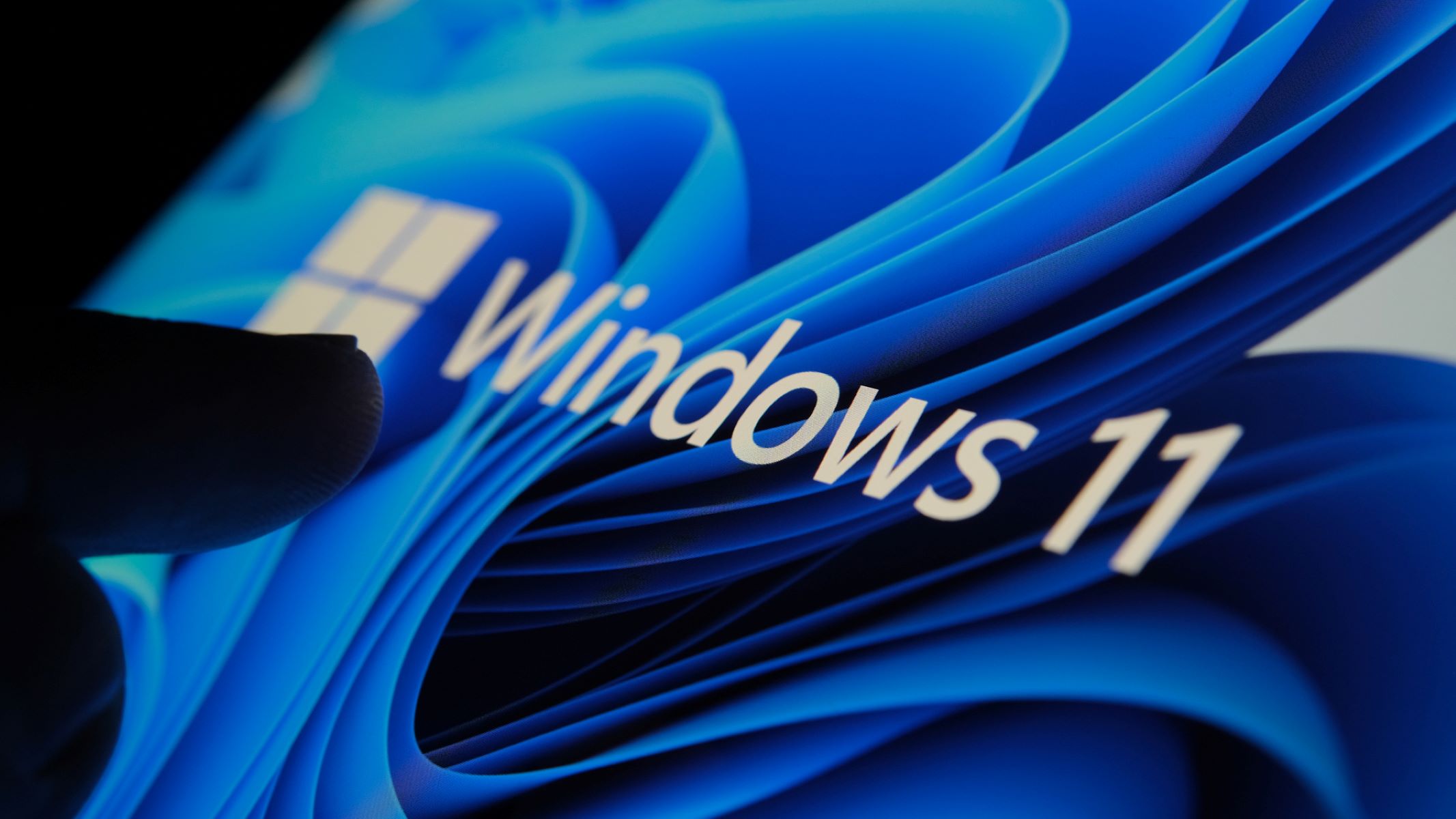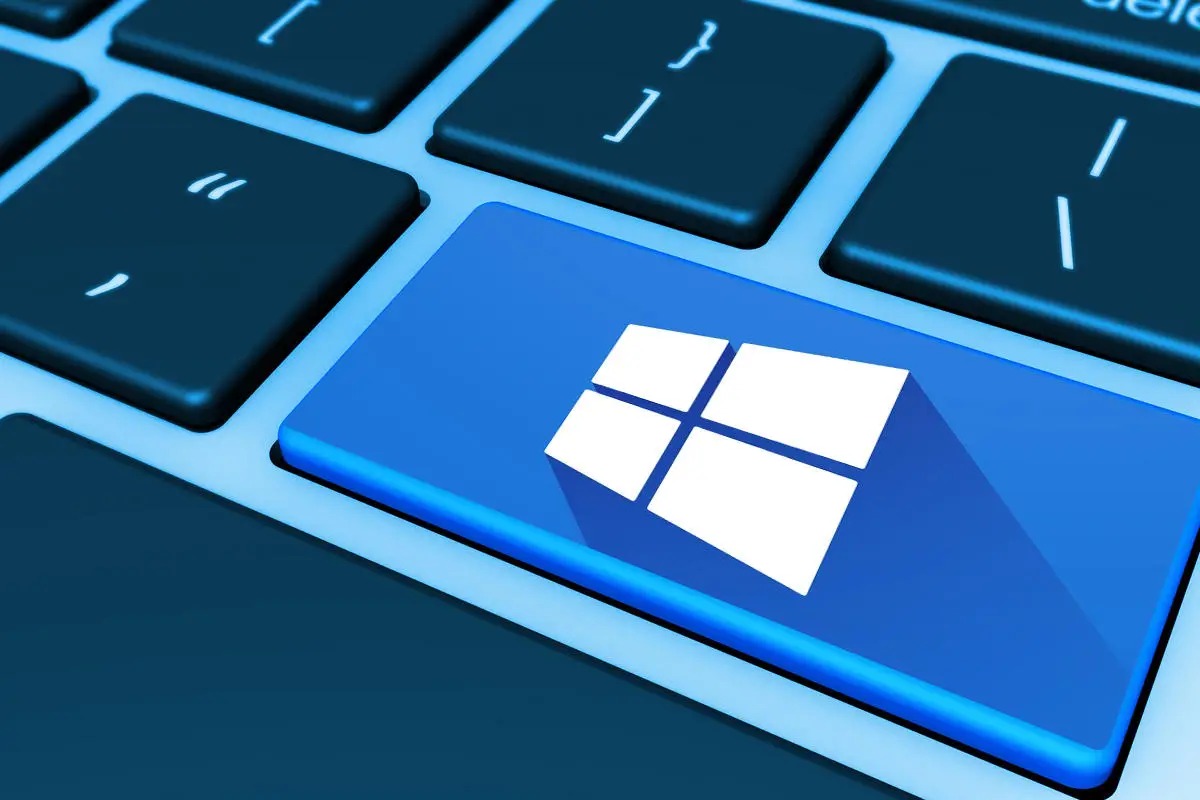Introduction
Welcome to our article exploring the release date of Windows 8! Windows 8 was a highly anticipated operating system from Microsoft that introduced a range of new features and improvements. In this article, we will delve into the background of Windows operating systems, the development of Windows 8, its exciting features, and of course, the date when it was officially released.
Throughout the years, Microsoft has been at the forefront of the operating system market, constantly evolving and innovating to meet the needs of users worldwide. Windows operating systems have become synonymous with user-friendly interfaces, robust functionalities, and a seamless user experience.
With Windows 8, Microsoft aimed to bring a transformative change to the Windows ecosystem. This version of Windows revolutionized the traditional desktop environment by incorporating a touch-centric interface, allowing users to interact with their devices in a more intuitive way. The release of Windows 8 was a milestone in Microsoft’s history, as it represented a significant departure from the previous Windows versions, both in terms of design and functionality.
Windows 8 boasted a plethora of new features designed to enhance productivity and efficiency. The operating system introduced the Start screen, a modern and dynamic interface that replaced the iconic Start menu. The Start screen featured Live Tiles, which displayed real-time updates from various applications, providing valuable information at a glance.
In addition to the revamped user interface, Windows 8 offered improved performance, faster startup times, and enhanced security features. The operating system also introduced a full-screen browsing experience with Internet Explorer 10, enabling users to immerse themselves in web content like never before.
Background on Windows Operating Systems
Before we delve into the specifics of Windows 8, let’s take a brief look at the background of Windows operating systems. Microsoft’s journey in the operating system market began with the release of Windows 1.0 in 1985. This initial version provided a graphical user interface (GUI) that made computing more accessible to the masses.
Over the years, Microsoft continued to improve its operating systems, releasing subsequent versions such as Windows 3.0, Windows 95, Windows 98, and Windows ME. These iterations brought significant advancements, including improved multitasking capabilities, better hardware compatibility, and a more polished user interface.
In the early 2000s, Microsoft introduced Windows XP, a highly successful and widely adopted operating system. Windows XP was known for its stability, security features, and enhanced user experience. It remained a popular choice among users for over a decade, even after the release of subsequent Windows versions.
In 2007, Microsoft introduced Windows Vista, which aimed to provide a more visually appealing interface and improved security features. However, Vista faced several performance and compatibility issues, which led to a mixed reception from users and critics alike.
In response to the feedback received, Microsoft developed Windows 7, which was released in 2009. Windows 7 brought a refined user interface, better performance, and enhanced compatibility. It quickly gained popularity and became one of the most widely used operating systems worldwide.
As technology and user expectations continued to evolve, Microsoft recognized the need for a more innovative and touch-centric approach to computing. This realization laid the foundation for the development of Windows 8.
Windows 8 marked a significant departure from its predecessors, with a focus on touch-enabled devices and a new interface called the Start screen. This bold step aimed to cater to the growing popularity of tablets and smartphones while maintaining compatibility with traditional desktop and laptop computers.
With this background in mind, let’s explore the development of Windows 8 in the next section.
Development of Windows 8
The development of Windows 8 was a complex and meticulous process undertaken by Microsoft. The goal was to create an operating system that seamlessly bridged the gap between traditional PCs and the emerging touch-enabled devices market.
The project, codenamed “Windows 8,” began in 2009, shortly after the release of Windows 7. Microsoft assembled a team of talented engineers and designers to reimagine the Windows experience and develop a more intuitive and versatile platform.
The development process focused on three key principles: touch-first, modern design, and continuous innovation. Microsoft aimed to create an operating system that would embrace touch-enabled devices while maintaining compatibility with traditional input methods.
To achieve this, the team devised a user interface known as the Start screen, which served as the central hub of interaction. This interface featured a grid of Live Tiles that displayed real-time updates from various apps, allowing users to access information quickly. The Start screen was designed to be fluid and dynamic, adapting to different screen sizes and orientations.
In addition to the new interface, Windows 8 introduced a range of innovative features and improvements. One notable addition was the integration of the Windows Store, which provided a centralized platform for users to discover and download apps. This move was aimed at creating a unified experience across devices and encouraging developers to build applications for the Windows ecosystem.
Microsoft also prioritized performance and security enhancements during the development process. Windows 8 boasted faster startup times, improved power management, and enhanced system resources utilization. The operating system introduced a robust security infrastructure, including Secure Boot, which helped protect against boot-time malware.
Throughout the development cycle, Microsoft actively sought feedback from users and developers through various channels. This focus on continuous improvement led to the release of several preview versions, allowing enthusiasts to test and provide feedback to shape the final product.
After years of hard work and rigorous testing, Windows 8 was officially released to manufacturing (RTM) in August 2012. The RTM version marked the completion of development and signaled the readiness of Windows 8 for general availability.
With the development phase complete, it was time for Microsoft to unveil Windows 8 to the world. The release date and the subsequent reception would determine the success and impact of this ambitious operating system.
Features of Windows 8
Windows 8 introduced a wide range of features and enhancements that aimed to transform the user experience and cater to the demands of the modern computing landscape. Let’s explore some of the key features that made Windows 8 stand out:
- Start screen: Windows 8 replaced the traditional Start menu with a Start screen that featured a grid of Live Tiles. These tiles displayed real-time updates from apps and provided a visually dynamic and interactive launchpad for accessing applications and information.
- Touch-centric interface: Windows 8 was designed with touch-enabled devices in mind. The operating system provided an intuitive, gesture-based interface that allowed users to swipe, pinch, and tap to navigate and interact with their devices. This touch-centric approach provided a seamless experience across various form factors, from tablets to convertible laptops.
- Enhanced search functionality: Windows 8 introduced a powerful search feature that enabled users to quickly find files, apps, settings, and even web content. The revamped search interface provided results from both local and online sources, making it easier than ever to locate information.
- Windows Store: With Windows 8, Microsoft introduced the Windows Store, a centralized marketplace where users could discover, download, and update applications. The Windows Store aimed to provide a curated collection of apps across various categories, including productivity, entertainment, and utilities, enabling users to enhance their Windows experience with a wide range of software.
- Improved performance: Windows 8 boasted enhanced performance compared to its predecessors. The operating system featured faster startup times, improved system resource management, and efficient power utilization, ensuring a smooth and responsive user experience.
- Snap multitasking: Windows 8 introduced a convenient multitasking feature called Snap. With Snap, users could snap two apps side by side on the screen, allowing for efficient multitasking and simultaneous use of multiple applications.
- Integrated cloud services: Windows 8 seamlessly integrated Microsoft’s cloud services, such as SkyDrive (now OneDrive), into the operating system. This integration allowed users to access their files and settings from any device and ensured that data remained synced and up-to-date across platforms.
- Internet Explorer 10: Windows 8 came bundled with Internet Explorer 10, which offered improved performance, enhanced security features, and support for modern web standards. Internet Explorer 10 provided a full-screen browsing experience that emphasized content and made web browsing more immersive.
These are just a few of the many features that Windows 8 brought to the table. Each of these enhancements aimed to improve productivity, adaptability, and the overall user experience, setting the stage for a new era of Windows operating systems.
Release Date of Windows 8
After years of development and anticipation, Windows 8 was officially released to the public on October 26, 2012. This date marked a significant milestone in Microsoft’s history and signaled the availability of the next-generation operating system to users worldwide.
Microsoft strategically chose this date to coincide with the holiday shopping season, aiming to take advantage of the increased consumer activity during that time. By launching Windows 8 in late October, Microsoft hoped to attract both individual consumers and businesses looking to upgrade their systems.
The release of Windows 8 was a global event, with the operating system available in over 140 markets and 37 languages. Users had the option to purchase Windows 8 as a standalone product or as part of a new computer system pre-installed with the operating system.
In addition to the traditional retail distribution channels, Microsoft also embraced digital distribution methods. Users had the option to download and install Windows 8 directly from the Microsoft Store or other authorized online retailers. This digital availability ensured quick and convenient access to the new operating system.
The release of Windows 8 was met with a mix of excitement, curiosity, and skepticism. The bold design changes and the touch-centric interface sparked debates among tech enthusiasts and industry experts. Some praised the new direction, emphasizing the fresh and innovative approach to computing, while others expressed concerns about the departure from the familiar Windows experience.
Despite the initial divide in opinions, Windows 8 managed to attract a significant user base. Within the first month of its release, Microsoft reported that they had sold over 40 million Windows 8 licenses. This figure includes both individual users and organizations upgrading their systems.
The release of Windows 8 also coincided with the launch of new hardware devices optimized for the operating system. Manufacturers unveiled a range of tablets, laptops, and convertible devices that showcased the touch capabilities and versatility of Windows 8.
Overall, the release of Windows 8 on October 26, 2012, was a highly anticipated event that signaled a new era in the Windows ecosystem. The operating system set the stage for Microsoft’s ongoing commitment to innovation and adaptability in the evolving world of technology.
Initial Reception and User Feedback
Following its release, Windows 8 garnered a wide range of reactions from users and critics alike. The revolutionary changes in design, interface, and functionality sparked passionate discussions within the tech community and generated diverse opinions about the operating system.
The touch-centric interface of Windows 8 was a polarizing feature. Users who embraced the new design praised the fluid and intuitive experience it offered on touch-enabled devices. They appreciated the Live Tiles on the Start screen, which provided real-time updates from apps and allowed for quick access to information. These users found the interface refreshing, modern, and well-suited for tablets and convertibles.
However, some users who primarily interacted with Windows 8 on traditional desktops and laptops found the interface to be less intuitive and cumbersome. The removal of the Start menu and the shift to the Start screen resulted in a learning curve for those accustomed to the traditional Windows experience. This change sparked frustration and resistance.
Windows 8 also faced criticism regarding the compatibility of legacy desktop applications. Some users encountered issues running older software that was not optimized for the touch-centric interface. Additionally, the absence of a clear visual distinction between touch-optimized apps and desktop applications created confusion for some users.
The release of Windows 8.1, a free update to Windows 8, addressed many of these concerns and introduced further improvements. Windows 8.1 reintroduced the Start button, providing users with a more familiar navigation option. It also allowed users to boot directly to the desktop mode, appeasing those who preferred the traditional desktop experience. These changes alleviated some of the initial criticisms and improved the overall user experience.
Microsoft actively sought user feedback and incorporated it into subsequent updates and versions of Windows. Through user surveys, forums, and data analysis, Microsoft listened to the concerns and suggestions of users who had experienced Windows 8. This user-centric approach demonstrated Microsoft’s commitment to refining their products based on real-world usage and user feedback.
Over time, as users became more accustomed to the new interface and as Windows 8.1 addressed many usability concerns, the reception of Windows 8 improved. Users appreciated the improved performance, enhanced security features, and the seamless integration of Microsoft’s cloud services. Furthermore, the availability of a wide range of apps through the Windows Store contributed to the expansion of the Windows ecosystem.
In retrospect, the initial release of Windows 8 can be seen as a significant step in Microsoft’s evolution, pushing boundaries and adapting to the changing technology landscape. While it faced criticism and challenges, the feedback and insights gained from Windows 8 paved the way for subsequent Windows versions, incorporating user preferences and further refining the Windows experience.
Conclusion
Windows 8 represented a significant departure from previous Windows operating systems, introducing a touch-centric interface, a range of new features, and a fresh approach to computing. Its release on October 26, 2012, marked a milestone in Microsoft’s history and sparked passionate discussions in the tech community.
The development of Windows 8 embodied Microsoft’s commitment to innovation and adaptability in the face of changing technology trends. The touch-centric interface and the Start screen aimed to cater to the growing popularity of touch-enabled devices while maintaining compatibility with traditional desktops and laptops.
Windows 8 introduced a host of features designed to enhance productivity, such as the dynamic Start screen with Live Tiles, improved performance, powerful search functionality, and integration of cloud services. It also launched the Windows Store, providing a centralized hub for users to access a vast array of applications.
The release of Windows 8 was met with mixed reactions. While some users embraced the fresh approach and appreciated the seamless experience on touch devices, others faced a learning curve and struggled with the absence of the familiar Start menu. However, subsequent updates, including Windows 8.1, addressed many of the concerns and improved the user experience.
It is important to acknowledge that the release of Windows 8 marked a pivotal moment in Microsoft’s journey, laying the groundwork for future iterations of the Windows operating system. The feedback obtained from users played a crucial role in shaping subsequent versions, emphasizing Microsoft’s commitment to user-centric design and continuous improvement.
Despite the initial challenges, Windows 8 set the stage for Microsoft’s ongoing pursuit of innovation and adaptation in the ever-evolving technology landscape. The operating system’s legacy lives on in the subsequent versions of Windows, incorporating the lessons learned and the evolving needs and preferences of users worldwide.









